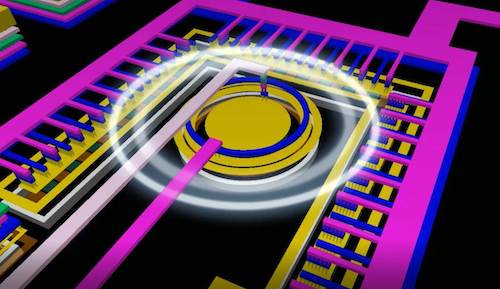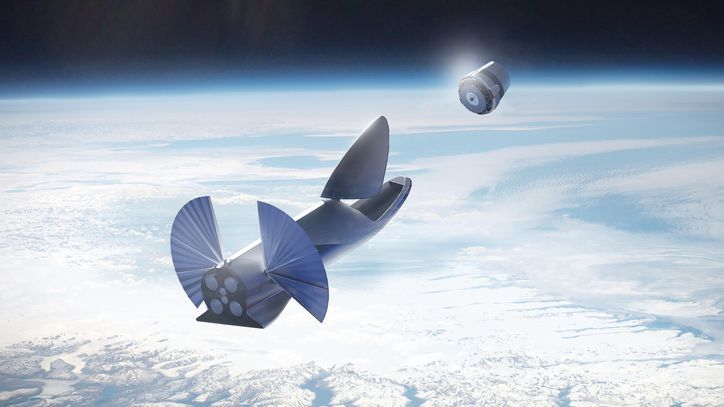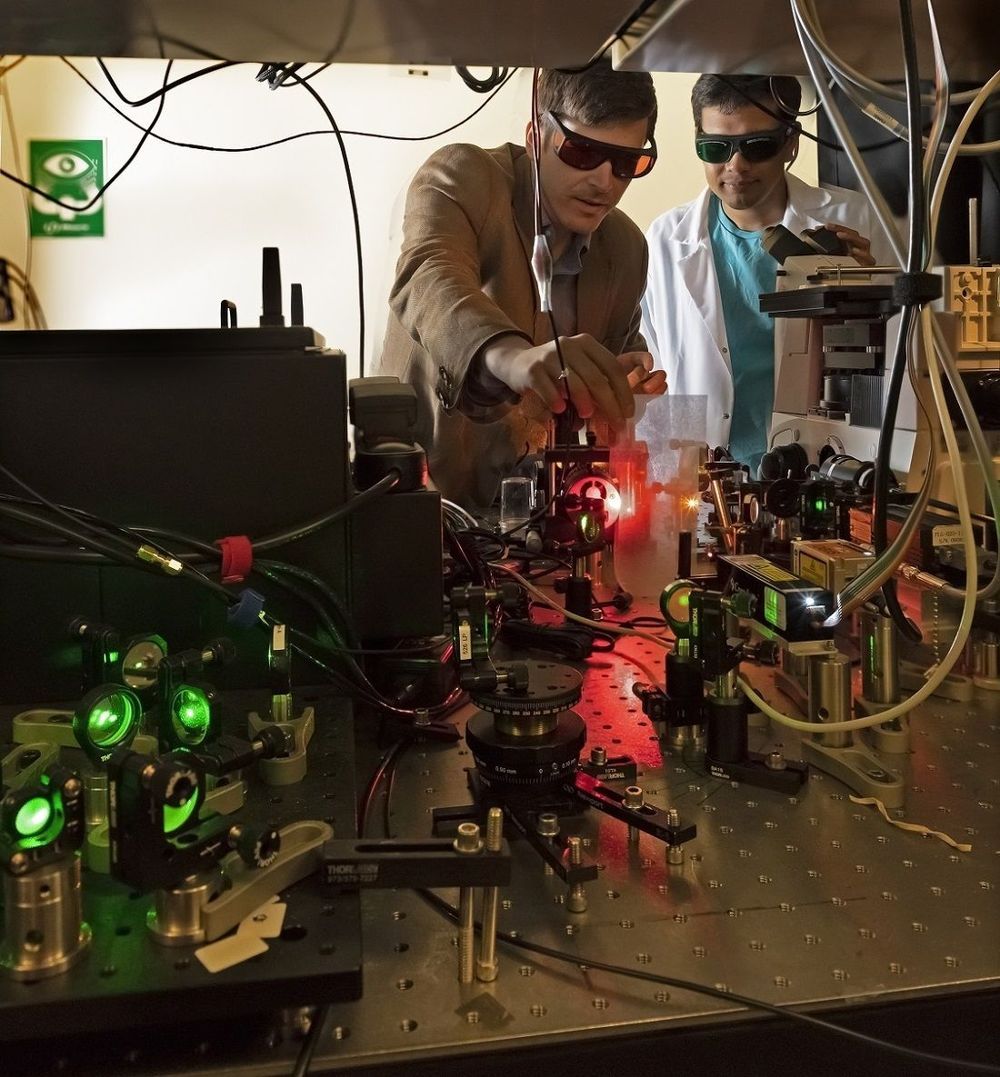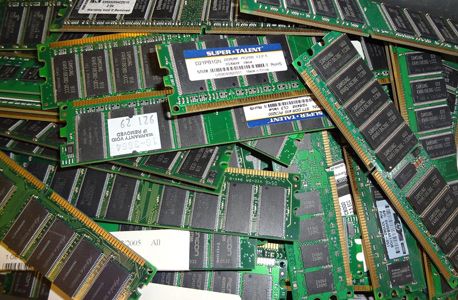Jan 24, 2019
For Industrial Robots, Hacking Risks Are On the Rise
Posted by Derick Lee in categories: biotech/medical, cybercrime/malcode, employment, engineering, internet, robotics/AI
In the future, industrial robots may create jobs, boost productivity and spur higher wages. But one thing seems more certain for now: They’re vulnerable to hackers.
Factories, hospitals and other big robot users often lack sufficient levels of defense against a digital attack, according to cybersecurity experts, robot manufacturers and engineering researchers. The risk levels are rising as more robots morph from being offline and isolated to being internet-connected machines, often working alongside humans.
5G promises to make factories a lot smarter. And that means they’ll be a lot more vulnerable.
Continue reading “For Industrial Robots, Hacking Risks Are On the Rise” »

















